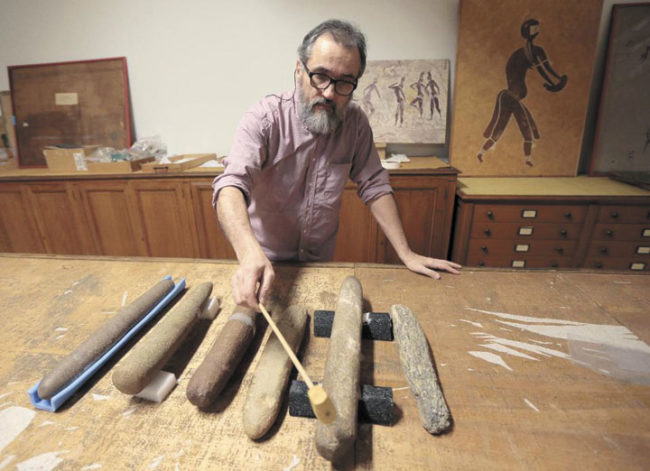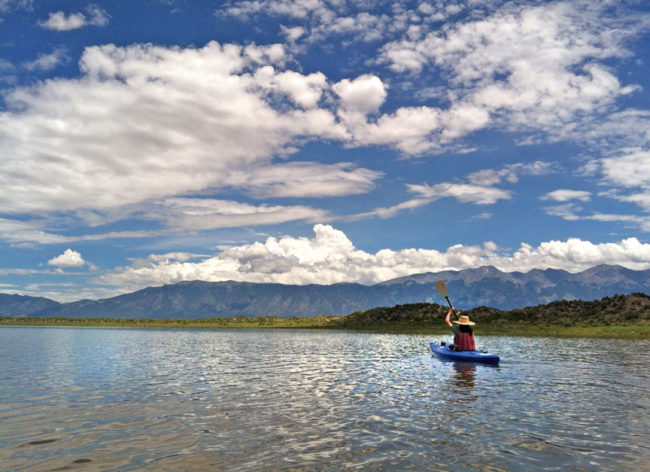By Peter Anderson The Ute name for the Great Sand Dunes is sowapophe-uvehe—the land that goes back and forth. The Jicarilla Apache variation is ei-enyedi—the land that goes up and down. Either phrase, it seems, could apply to the whole valley on this windy spring day. Fortunately, there is a “back” and a “forth”, an “up” and a “down.” If that were not the case—if there was only a “forth” or only an “up”—this valley would no longer be a place, but would instead be an unpleasant weather phenomenon headed somewhere else. Custer County, I guess. That this place is…


